‘Where is the humanity?’ Migrant deaths soar at El Paso-Juárez border with few ways to document them
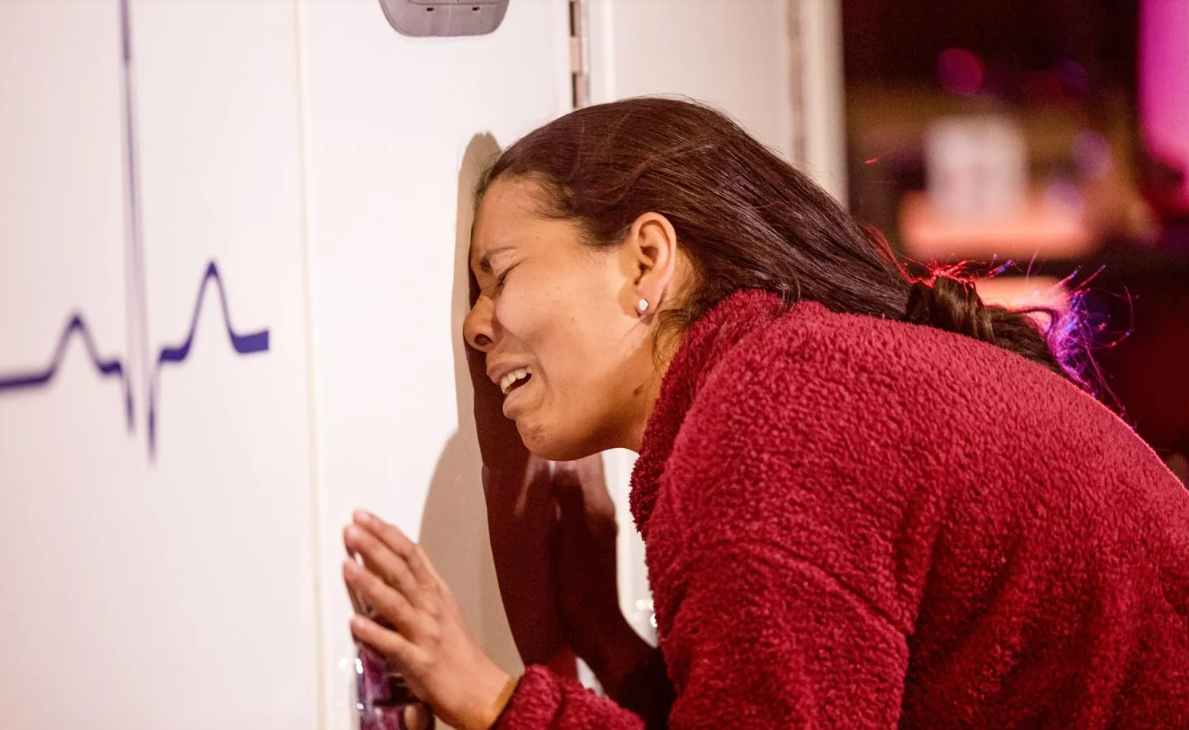
by Puente News Collaborative, El Paso Matters
December 15, 2023
By Lauren Villagran / El Paso Times
Editor’s note: This story contains reporting and images that some readers may find disturbing.
Mount Cristo Rey rises in the desert like two hands in prayer, the U.S. and Mexico sides, over a graveyard without tombs.
This year, migrants died in this harsh landscape – in the Rio Grande, in the desert, in neighborhoods and on city streets – in numbers never seen before at this border crossing known as the Paso del Norte. Yet no stones mark the places where they died, only numeric coordinates inked on police reports.
The sand berm where a Border Patrol agent found 49-year-old Abel Lopez Rodriguez with “maggots” all over his body. The spot behind Doña Ana Community College where Marlene Leyva-Perez collapsed and a child found her decomposing body. The dunes where a “mule,” euphemism for a smuggler, abandoned Eduardo Torres-Ramos, a 34-year-old Guatemalan man, a few miles from a New Mexico winery.

They are among the migrants whose names are known; many more died without identification. Yet, back home, the families who depended on them don't forget. The survivors mourn. They shoulder the cost of an American dream cut short.
“I don’t remember a time when things were like this and not feeling any hope as I look toward the future,” said Ruben Garcia, the executive director of El Paso’s Annunciation House who has provided shelter and humanitarian assistance to migrants for 47 years.
On Nov. 5, three bishops – from El Paso, Juárez and southern New Mexico – held an annual Mass for Day of the Dead in the dry bed of the Rio Grande. With Mount Cristo Rey as a backdrop, they asked for prayers for the migrants who die in Mexico, who die in the river and the desert, in the containers of trucks and in U.S. custody.
One hundred and forty-nine migrants died in Border Patrol’s El Paso Sector in the 12 months through Sept. 30, soaring from six migrant deaths recorded six years ago, according to Border Patrol records. The sector includes all of New Mexico. The fatalities don't include the more than 70 migrants who died across the border in Juárez.
In southern New Mexico, residents are stumbling on bodies in the desert of people who were within reach of rescue. El Paso water managers have grown accustomed to the stench of death in the Rio Grande. Border Patrol agents, first responders and medical investigators across the borderland have been overwhelmed by the number of human remains found – sometimes two or three bodies per day.
“Where is the humanity?” Garcia asked. “Where are the ethics? The morality? The justice in all of these human beings who are dying in the desert? In order to respond, your soul has to be moved. Then you discover there aren’t a lot of people in government who operate in response to that.”
A yearlong investigation by the El Paso Times, part of the USA TODAY Network, found a border region shocked by the sudden increase in migrant deaths in 2023 and ill-equipped to track and respond to the tragedy, including:
- A surge in the number of women dying. In the southern New Mexico desert outside El Paso, 84 migrants in total lost their lives in the first nine months of 2023, compared with 35 two years ago. The number of women dying more than doubled from last year and more than tripled from 2021.
- Minimal local efforts to track migrant deaths. Key local law enforcement agencies aren't tracking migrant deaths. The El Paso Police Department and El Paso County Medical Examiner say they don't track migrant deaths and were unwilling to compile the data when asked. However, New Mexico's Office of the Medical Investigator is creating a way to record deaths of “probable border crossers.” The El Paso region has no public-facing map to chart the location, cause or demographics of migrant fatalities.
- Inadequate infrastructure to quickly identify and return remains to families. New Mexico's Office of the Medical Investigator is struggling with the number of unidentified bodies found this year, given limited staff and the cost of DNA-testing decomposed remains. There are few local partners: While the Mexican consulate has a team in El Paso to help locate next of kin for Mexican nationals, the nearest consulates for Guatemala, Honduras and El Salvador are in Arizona or Del Rio, Texas.
The federal government sees a need for better information: The National Science Foundation awarded a $1 million grant to Texas State University in 2022 to do a census of migrant deaths on the 2,000-mile U.S.-Mexico border. The project is in the early data-gathering stage.
“Nobody really knows who is dying, where and in what numbers,” said Alberto Giordano, professor of geography at Texas State University, a co-author of the grant. “Everybody seems to be doing things differently at the state level.”
If the migrant death toll in El Paso was viewed as a national emergency — an unnatural disaster — it would be larger than that of the Lahaina, Hawaii, and Paradise, California, fires, more deadly than 2017's Hurricane Harvey. It would draw federal attention and emergency resources.
“The number of deaths is horrific,” said U.S. Rep. Veronica Escobar, D-Texas, in an interview at her congressional office in Washington. “And the way that people are dying is equally horrific. From my perspective, it is proof that deterrence at the border does not work. It does not stop migration. It only makes migration deadlier.”
A spokesman for Texas Gov. Greg Abbott, whose Operation Lone Star is rooted in deterrence, said “open border policies” contribute to fatalities. Abbott declined to be interviewed.
“Concertina wire barriers help deter illegal crossings,” said Abbott spokesman Andrew Mahaleris. “What is happening in the El Paso Sector is the direct result of the unsustainable chaos President (Joe) Biden has unleashed on the border.”
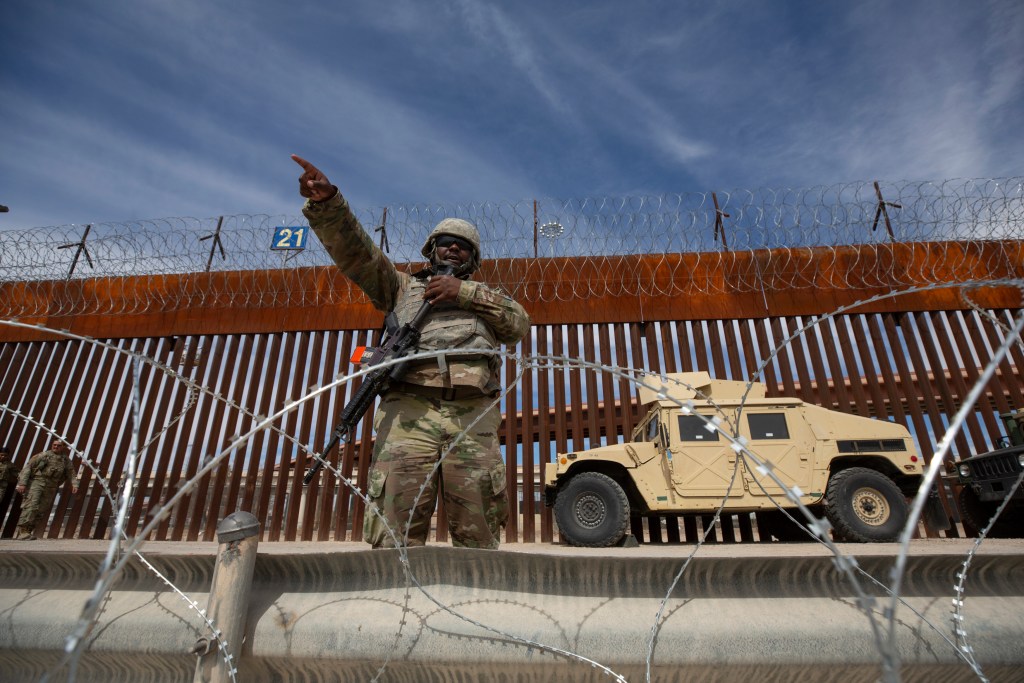
U.S. authorities, including the Border Patrol, consistently warn people not to come to the border and ask that they use lawful pathways to enter legally. But many legal paths aren't open to some of the most desperate, including migrants from Mexico, and smugglers have become extremely effective at luring people to the border.
The toll has shocked immigrant advocates in El Paso and revealed gaping holes in the infrastructure set up to protect migrants, which has been focused, until now, on providing shelter, legal services and help on the wayto destinations in the U.S.
“Never has it been something in my years of advocacy I have seen at this level and in this proximity,” said Marisa Limón Garza, executive director of Las Americas Immigrant Advocacy Center, a nonprofit in El Paso. “It’s another level of complexity that people didn’t think would be happening.”
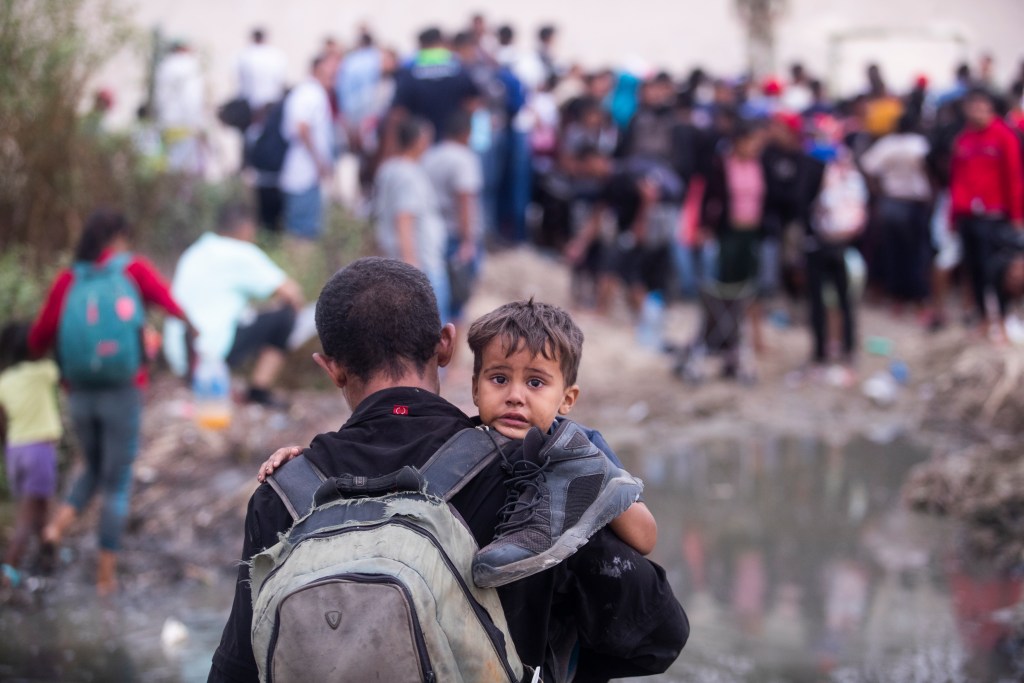
There were seismic shifts in U.S. border policy in 2023: The end of quick expulsions under the pandemic-era authority of Title 42 and the threat of prosecutions for unlawful entry. Increased deportations. The opening of new “lawful pathways” for certain migrants from Cuba, Haiti, Nicaragua, Venezuela and Ecuador. New requirements that asylum seekers first seek refuge somewhere else. And finally, an announcement that the Biden administration will continue building the border fence, breaking a presidential campaign promise.
“We need to start by recognizing that migrants are dying because of U.S. policy and U.S. strategy,” said Fernando Garcia, executive director of the El Paso-based Border Network for Human Rights. “It’s what I call ‘death by policy.’”
“The people who are dying have families and children in the United States, wives and sons and daughters,” he said. “It could be my abuelito, my father, my cousin — this is very personal.”
A mother's losses
The doctors told her nothing was broken. But what good were her bones if she felt shattered inside?
The hit-and-run on the border highway in Juárez, a few hundred yards south of the U.S. border fence, left the Guatemalan mother's left leg bruised. But the crash killed her 17-month-old boy and took the baby she was expecting, seven months along.
The Times is withholding the woman's name, given her fragile health condition at the time and in keeping with the shelter's policy for consent for media interviews.
Seventeen days after the April 5 tragedy, she lay on a single bed in a room with other injured migrants. A few sips were gone from a grape-flavored electrolyte drink on the bedside table. A walker stood next to her bed.
She rested under a blanket with the characters from Disney's “Frozen,” her hand on her bandaged belly. The cesarean-section scar didn’t hurt, she said. Her babies hurt. Her dead children throbbed in her heart – a pain so big it kept her from eating and drugged her to fitful sleep.
She saw her husband across the room, sitting on another bed. “Pobrecito,” she whispered. “Poor thing. He wanted a family.”
She closed her eyes. She opened them and remembered her losses. “La pérdida, la pérdida de mis bebés,” she said over and over. The words came out as if they were sticky and dry.
‘The preservation of every human life’
Arizona was the first region to wrestle with the fatal consequences of deterrence-based U.S. border policy. In 2002, the Border Patrol's Tucson Sector began reporting the remains of more than 100 migrants found each year. The tally hit a record 251 in 2010.
Vicki Gaubeca, associate director of U.S. immigration and border policy for Human Rights Watch, has studied the “prevention through deterrence” model since its advent in the mid-1990s.
“We’re 30 years in, and it hasn’t worked at all,” she said. “It’s not addressing people coming here, or that people coming here try more than once. The only thing it’s been really successful at is increasing the number of deaths.”
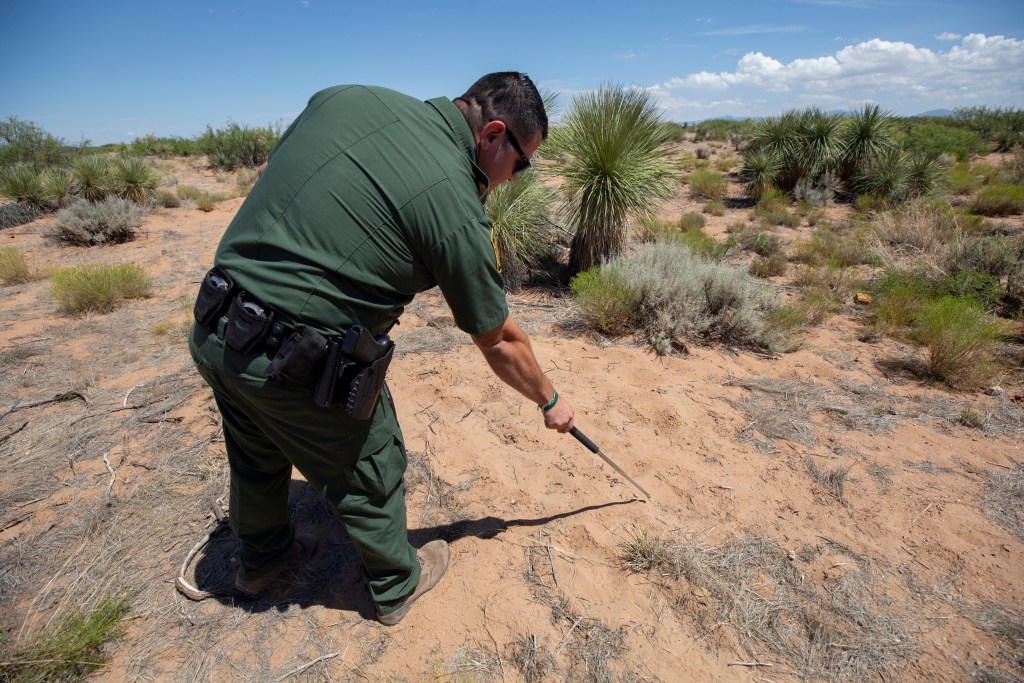
It took Congress nearly 20 years to respond to the situation.
Under the 2019 Missing Persons and Unidentified Remains Act, Congress required U.S. Customs and Border Protection to submit annual reports on the deaths of persons “on or near the border between the United States and Mexico,” including the cause and manner of death, gender, age and country of origin for each deceased individual.
But CBP — the nation's largest federal law enforcement agency with nearly 47,000 employees — has fallen behind. The agency hasn’t submitted the fiscal 2022 or 2023 reports to Congress. CBP denied the Times requests for the data, saying the reports must be first presented to Congress.
In an emailed statement, CBP said the agency “prioritizes the preservation of every human life and dedicates significant resources toward robust border-safety programs.”
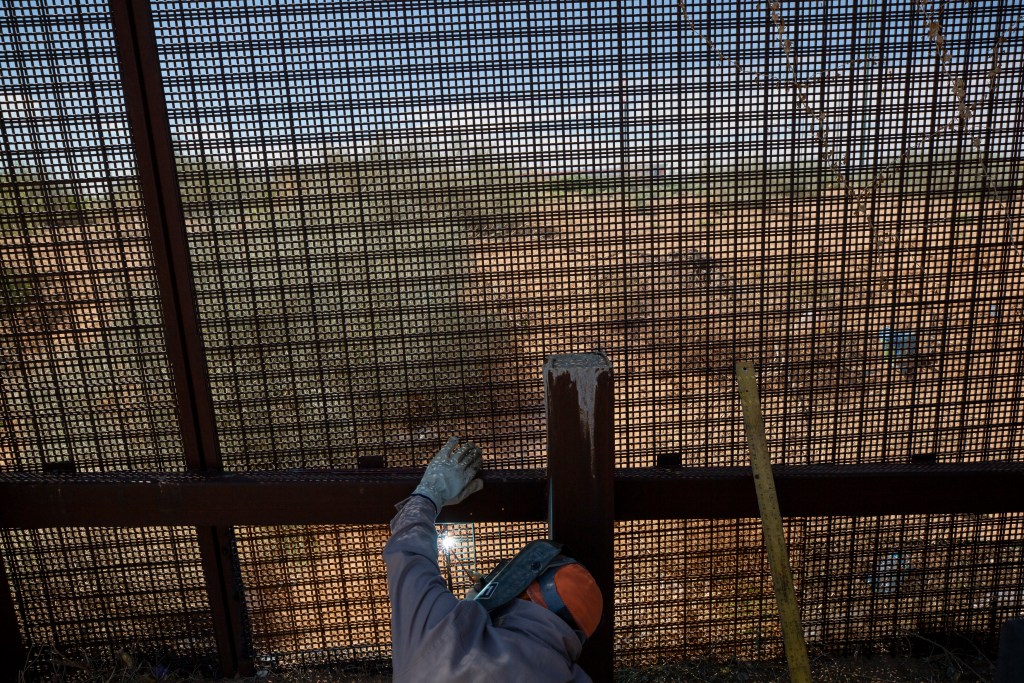
“Crossing the border illegally is inherently dangerous,” according to the statement. “CBP urges migrants to seek lawful pathways into the United States and not to place their lives in the hands of human smugglers, whose priority is profit.”
During the height of the crisis, Arizona organizations worked to fill in the blanks.
The Pima County Medical Examiner's Office and nonprofit Humane Borders partnered to report and map migrant deaths along the state's 400-mile border. The joint mapping project, which can be searched by the public as well as families looking for lost loved ones, is known as the Arizona OpenGIS Initiative for Deceased Migrants.
“Although each organization has a distinct mission,” the project website says, “both are committed to the common vision of raising awareness about migrant deaths and lessening the suffering of families by helping to provide closure through the identification of the deceased and the return of remains.”
‘I couldn't stand the pain’
Maryenis Morales Villa sat on a cot at El Paso's Sacred Heart migrant shelter and pulled items out of a box tied with a pink bow: a tiny white satin gown, a doll-size hat with a pom-pom, a paper with the ink print of her baby's foot.
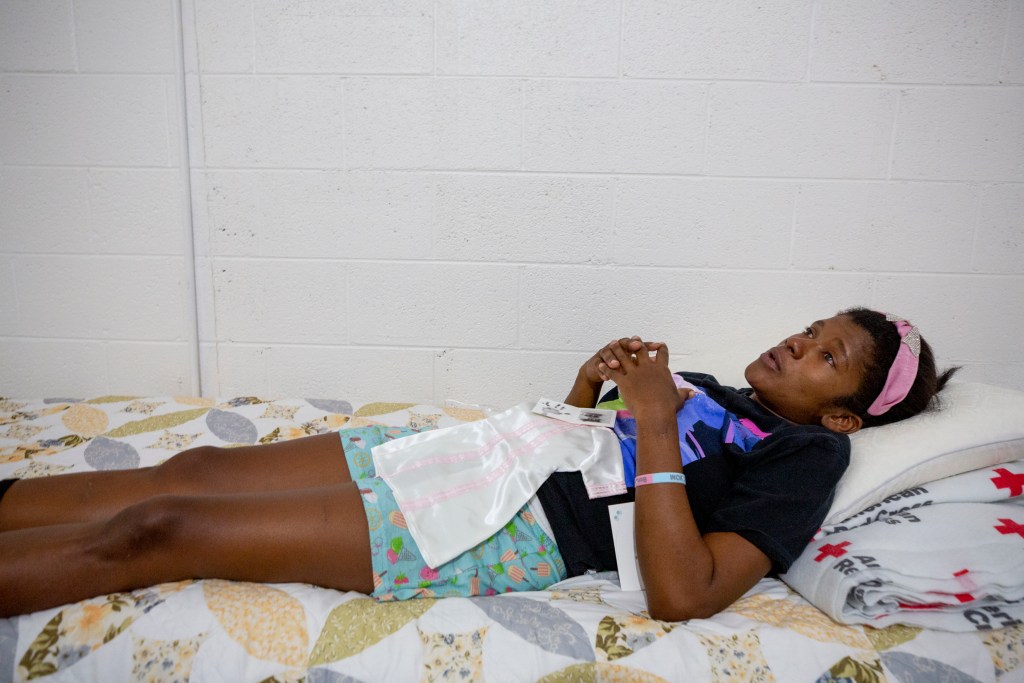
“The nurse asked me, ‘Do you want clippings of your baby's hair?’” said Morales Villa said. “I told her, ‘Yes, yes, of course.’”
It was all she had of her stillborn baby, Arelis Chiquinquirá, named for a virgin venerated in her native Venezuela. She tenderly held each of the items, given by the hospital to new moms.
Morales Villa and her husband, Walbes José Quintero, waited at the border fence in El Paso in early May to turn themselves in to Border Patrol. They said they waited eight days on a stretch of sand, without shade, on the U.S. bank of the Rio Grande. Some migrants were crisscrossing supplies, but the couple had no easy access to food or water.
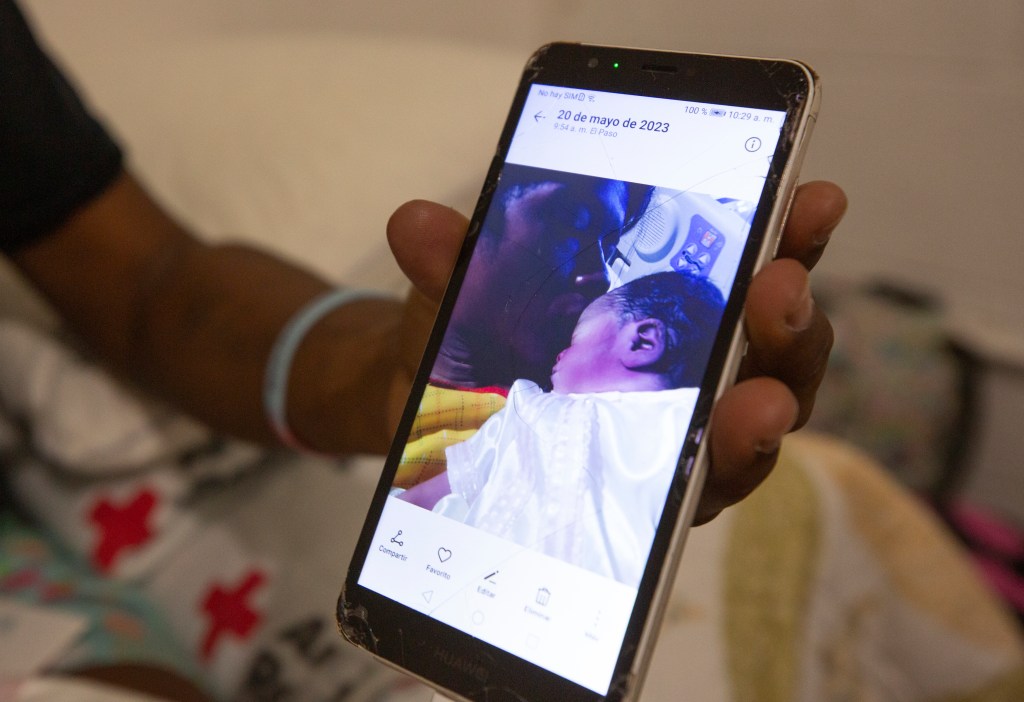
With processing centers over capacity in El Paso, Border Patrol agents didn't process the migrants as quickly, as often happened when long lines of asylum seekers appeared.
When agents received them on May 8, they held Morales Villa, eight months pregnant, in a processing center for four days, she said, before releasing her to the shelter downtown. They expelled Quintero to Juárez.
Morales Villa's contractions started soon after she settled in the shelter. An ambulance rushed her to the hospital, where she gave birth. She mourned her loss without her partner.

“I couldn't stand the pain,” she said. “The nurse asked, ‘Do you want something to help you sleep?’ I said, ‘No, gracias. This is a sadness that is coming from my heart.’”
Upholding ‘American standards of investigation’
Five years ago, Border Patrol established an initiative called the Missing Migrant Program to improve the agency's ability to rescue migrants in distress, reduce deaths at the border and, when they occur, track them accurately.
In the El Paso Sector, the number of rescues soared from 17 in fiscal 2018 – the first full year of the program – to 597 in fiscal 2023, according to Border Patrol. Yet migrant deaths, too, have risen sharply at the same time, from six deaths in fiscal 2018 to 149 this fiscal year.
The number of deaths climbed even as Border Patrol encounters with migrants in the El Paso Sector plummeted. CBP reported a seven-day rolling average of 1,500 encounters in mid-May; the number dropped to about 500 to 900 June into early September.
The Migrant Protection Program has resulted in greater cooperation between Border Patrol and key partners, including foreign consulates, 911 dispatchers and local law enforcement, according to a 2022 Government Accountability Office report.
But the same report cited deficiencies in the Border Patrol's accounting of migrant deaths, owing in part to patchy reporting by local agencies and limited local resources to investigate every death.
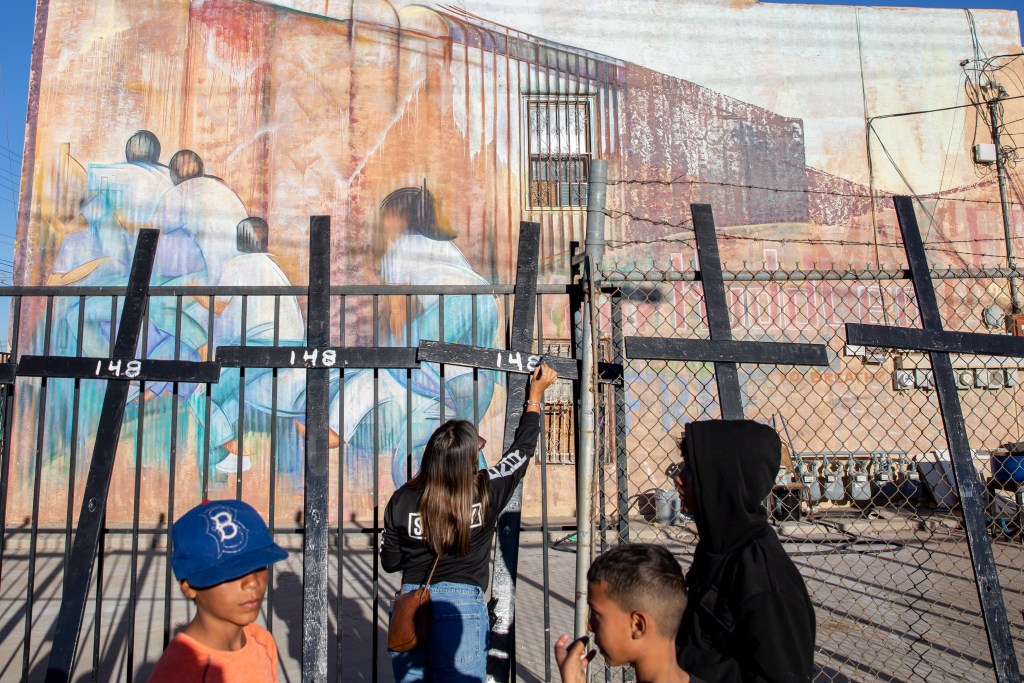
“There needs to be an overhaul of how we investigate migrant deaths at the border so we can get to the bottom of how these folks have come to be deceased,” said U.S. Rep. Gabe Vasquez, a Democrat who represents southern New Mexico.
“Some have happened under suspicious circumstances, and some of the deaths are being ruled as homicides,” he said. “Whether they are immigrants or American citizens, we should hold up the American standards of investigation.”
Irene Santiago, chief of operations for the El Paso Office of the Medical Examiner, declined multiple requests for a Times interview with Chief Medical Examiner Mario Rascon.
“Unfortunately, our office does not track migrant deaths, nor is data collected when a consulate is involved,” Santiago said in an email.
However, an El Paso Sector spokeswoman said the El Paso County medical examiner regularly contacts the Border Patrol when agents suspect a deceased individual could be a migrant.
El Paso Police Department public information officer Detective Judy Oviedo said the agency doesn't track migrant deaths. In an email, she said, “There really is not an easy way to obtain the information being that we do not enforce the status of an individual in the U.S.”
The Doña Ana Sheriff's Office, the law enforcement agency northwest of El Paso responding to a majority of migrant deaths in this year, didn't respond to multiple email and phone requests for data or interviews. Sheriff's reports on bodies recovered are listed as “unattended deaths,” a general category not exclusive to probable migrants.
Another agency, the Sunland Park Fire Department, doesn't formally track migrant deaths but began posting attempted rescues and body recoveries to its social media accounts, providing a public window into the surge in deaths. The department now requires that firefighters state whether a call for service was “migrant-related,” said Fire Chief Danny Medrano.
‘We saw the body of a young woman’
Randy Eiland and his wife, Carol, were riding their horses on a cool Sunday morning in April, on ranchland adjacent to their property in southern New Mexico. From up on the desert mesa, they saw ambulance lights flashing south of their front gate.
The Eilands and their neighbors in rural Doña Ana County, near the outskirts of metropolitan El Paso, were accustomed to seeing evidence of migrant traffic around their property. Water bottles discarded in arroyos, where water runs in a rainstorm. Backpacks strewn around the creosote. Foam blocks that migrants strapped to their sneakers to mask their footprints.

“Once, I could see heads bobbing,” Randy Eiland said. “They walk by like they are invisible, without looking at you, as if you can’t even see them.”
The Eilands went to see what was wrong.
“We saw a body of a young woman leaning against a brick column, where the neighbors were going to build a fence,” he said. She was sitting as though someone had propped her up.
The surge in migrant deaths has touched locals in other ways.
A 24-year-old driver, a woman from the borderland, accidentally killed a woman in her 20s when she ran across the border highway in El Paso, according to an El Paso Police report. The only clue the deceased woman might be a migrant was a line in the police report: “The other pedestrian continued running north, leaving behind the decedent.”
River water managers in El Paso found the bodies of at least half a dozen people who drowned in the Rio Grande canals; all were presumed, but not confirmed, by water managers to be migrants.
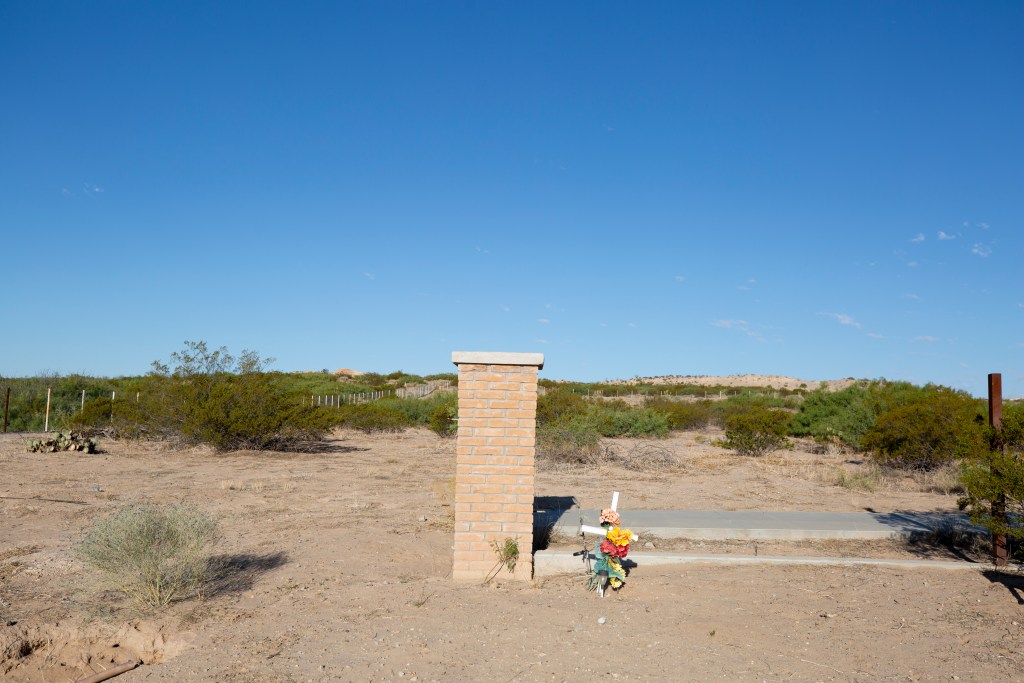
In southern New Mexico, in Doña Ana County, a child discovered the body of a woman near her backyard, behind the community college.
A man on his ATV, riding in the desert, saw a woman collapse near the edge of a cemetery and gave her water even as “she appeared to be dying,” according to the sheriff's report.
Three motorcyclists discovered the remains of a woman and asked a resident to alert police.
Three weeks after the Eilands' first encounter with a body, on another Sunday morning, they were riding horseback and spotted a bone in the sand – a femur. Then they found a skull, with long black hair still attached. They reported the remains to the sheriff and Border Patrol.
“I never heard anything more about it,” Randy Eiland said. “I never saw anything in the paper. Who knows how many bodies are still out there?”
A brother's promise: ‘I'll be sending you money’
José Amílcar Portillo Solórzano drove a bus in El Salvador, shuttling locals to and from a beach resort town six miles from his town.
In a paradise of palm trees and white sand – a playground for foreign tourists – Portillo Solórzano, his wife and two daughters lived in poverty. His salary couldn’t support his family, including the medication his youngest daughter needed to survive kidney disease, his sister Leticia Solórzano told the Times in a phone call.
So Portillo Solórzano left for the United States with his eldest daughter and dreams of working in New York alongside his brother, she said.
“We’re a poor family and he had gone north to help us,” she said from her home in San Julián, El Salvador. “‘I’ll be sending you money,’ he told me.”
His American dream ended in a locked cell in Juárez, inside a Mexican immigration detention center hidden out of sight behind front-facing offices.
“They brought him home in a box. We hoped he’d be among the injured, but it wasn’t to be,” Solórzano said.
When a fire started March 27 inside the men's cellblock, a female guard released Portillo Solórzano's daughter and the other women from their cellblock as the center filled with smoke. No one opened the men’s cell door; the keys were allegedly missing, according to court testimony.
His brother in New York is wracked with guilt for financing his journey north, Solórzano said. Portillo Solórzano's daughter could hear her father’s cries from inside the cell, Solórzano said.
“His daughter is 21,” Solórzano said. “She is traumatized. She was in the other cell, the one that was opened. She cries every time she remembers how he screamed, ‘Don’t forget about us!’”
Tragedy is price of entry
The morbid reality of U.S. border policy and the nation's immigration system is that it will, sometimes, bow to tragedy.
The Guatemalan mother who lost her toddler son and unborn baby eventually received an exception to Title 42 expulsion along with her husband. They crossed the border and were given the opportunity to apply to stay in the U.S.
Quintero, who is illiterate, signed up for the CBP One app with the help of friends and received an appointment to present at a port of entry. Weeks after Morales Villa gave birth to their stillborn baby girl, Quintero was allowed to cross the border and reunite with his wife.
Portillo Solórzano's daughter, traumatized by the death of her father, was allowed to present at an El Paso port and was granted temporary entry. She was one of more than 40 survivors of the Juárez detention center fire and their family members who were granted entry in El Paso after losing a loved one.
“There is a complete disregard by institutions of how they value migrant lives and migrant deaths,” said Garcia, the Border Network for Human Rights executive director.
“If they would care, they would change the policy,” he said. “What we have in place is a historic deterrence operation that assumes they will not cross. But migrants did cross and they died.”
This story is part of "La pérdida - The loss’: Deadly disaster at El Paso, Juárez border," a series by the El Paso Times. It is republished under the Puente News Collaborative.
This article first appeared on El Paso Matters and is republished here under a Creative Commons license.![]()
